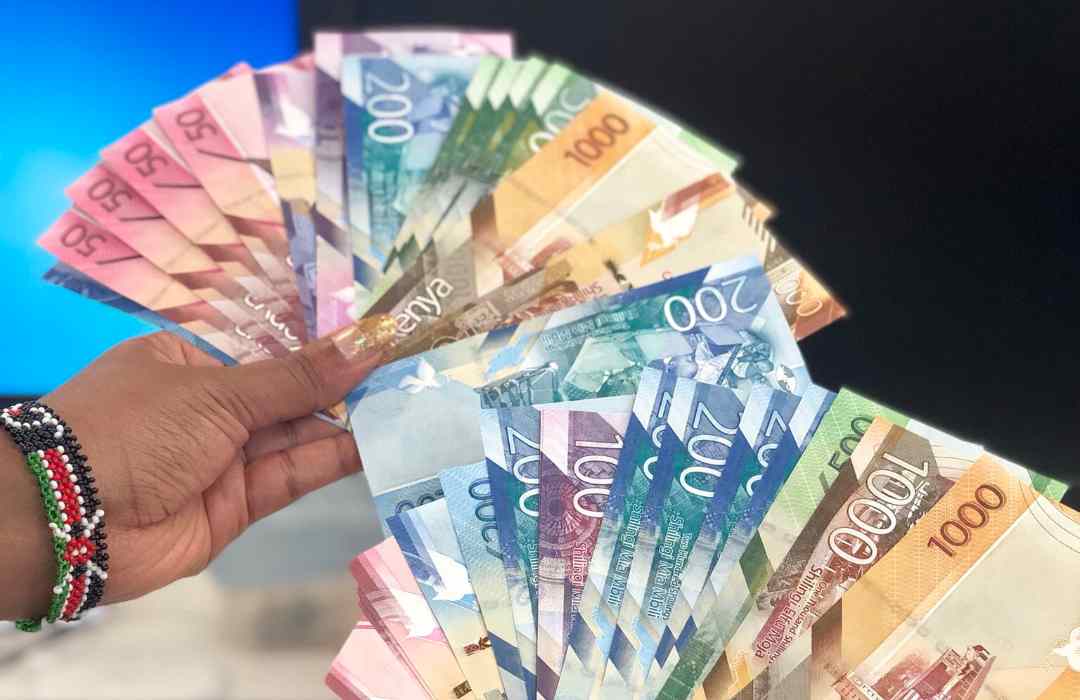In Kenya, the currency is the Kenyan Shilling, commonly abbreviated as “Ksh” or sometimes just “Sh.” This abbreviation is always placed before the numerical value when expressing amounts of money, such as “Ksh 1,000” or “Sh 500.” But why is the “Ksh” symbol used before the currency, and what is the significance of this convention? This article delves into the historical, linguistic, and practical reasons behind this practice, offering a comprehensive understanding of the “Ksh” symbol’s usage in Kenya.
1. Historical Origins of the Kenyan Shilling
The Kenyan Shilling was introduced in 1966, replacing the East African Shilling, which had been in use since 1921. The East African Shilling itself had replaced the Indian Rupee as the standard currency in the British East African territories, which included Kenya, Uganda, Tanganyika (now part of Tanzania), and Zanzibar. The adoption of the Kenyan Shilling marked Kenya’s move towards establishing its own monetary identity post-independence. The abbreviation “Ksh” was adopted to distinguish the Kenyan Shilling from other currencies using the term “shilling,” such as the Ugandan and Tanzanian Shillings.
2. Linguistic Conventions and Global Practices
The placement of the currency symbol before the numerical value is a common practice in many countries. For example, in the United States, the dollar sign “$” precedes the amount (e.g., $100), and in the United Kingdom, the pound sign “£” is placed before the amount (e.g., £50). This convention is rooted in linguistic practices where the symbol acts as a qualifier for the amount that follows, providing immediate context for the number. In Kenya, placing “Ksh” before the amount similarly serves to quickly inform the reader that the figure is in Kenyan Shillings.
3. Standardization and Avoiding Ambiguity
One of the primary reasons for placing “Ksh” before the currency value is to avoid ambiguity, especially in international transactions. Given that several countries use the shilling as their currency, the “Ksh” prefix clearly identifies the amount as Kenyan Shillings. This is particularly important in the context of globalization, where financial transactions often cross borders, and clarity is paramount. The standardization of “Ksh” before the amount ensures that there is no confusion about the currency being referred to.
4. Influence of Colonial Practices
The practice of placing currency symbols before the numerical value can also be traced back to colonial influence. During the British colonial period, Kenya adopted many of the British monetary conventions, including the use of the pound and later the shilling. The British practice of placing the pound sign (£) before the amount likely influenced how the Kenyan Shilling was presented after independence. This colonial legacy has persisted in the way currency is expressed in Kenya, with “Ksh” consistently placed before the amount.
5. Practicality in Financial Transactions
From a practical standpoint, placing “Ksh” before the numerical value in financial documents, receipts, and invoices is a straightforward way to denote the currency clearly. In accounting and finance, where clarity is crucial, having the currency symbol precede the amount helps prevent misinterpretation. This practice also aligns with international financial standards, where the currency symbol or code typically precedes the amount to ensure consistency and avoid errors in financial reporting.
6. The Role of the International Organization for Standardization (ISO)
The International Organization for Standardization (ISO) plays a significant role in establishing global standards, including currency codes. The ISO 4217 standard assigns three-letter codes to currencies worldwide, where “KES” is the official code for the Kenyan Shilling. While “KES” is used in formal international contexts, such as financial markets and cross-border transactions, “Ksh” is commonly used in everyday transactions within Kenya. The “Ksh” symbol, therefore, serves as a more familiar and locally recognized version of the official ISO code.
7. Comparisons with Other Currencies
The practice of placing the currency symbol before the amount is not unique to Kenya. Many countries follow similar conventions. For example, in Japan, the Yen symbol (¥) is placed before the amount, as in “¥10,000.” In South Africa, the Rand symbol (R) is placed before the amount, as in “R500.” These practices are consistent across different cultures and economies, reflecting a global trend where the currency symbol acts as a precursor to the amount, ensuring immediate recognition of the currency being used.
8. Cultural and Psychological Factors
There is also a cultural and psychological aspect to the placement of the currency symbol. By placing “Ksh” before the amount, the emphasis is on the currency itself, which may reinforce the importance of the national currency in the minds of the people. It subtly reminds the reader of the value and significance of the Kenyan Shilling, fostering a sense of national identity and pride in the country’s monetary system. This practice can also influence consumer behavior, as the currency symbol provides a mental cue about the cost or value of goods and services.
9. Adaptation to Digital and Modern Communication
In today’s digital age, where communication is increasingly instant and global, the use of “Ksh” before the amount is a quick and efficient way to convey information about currency. Whether in online transactions, mobile money transfers, or digital marketing, the placement of “Ksh” before the amount ensures that the currency is immediately identifiable. This is especially important in Kenya, where mobile money platforms like M-Pesa are widely used, and clarity in financial communication is crucial.
10. Conclusion
The use of the “Ksh” symbol before the currency in Kenya is rooted in historical, linguistic, and practical considerations. It reflects global conventions, colonial influences, and the need for clarity in financial transactions. By placing “Ksh” before the amount, Kenyans are not only following an established international practice but also reinforcing the identity and importance of their national currency. Whether in everyday transactions or formal financial documentation, this practice ensures that the Kenyan Shilling is clearly recognized and valued, both locally and internationally.





